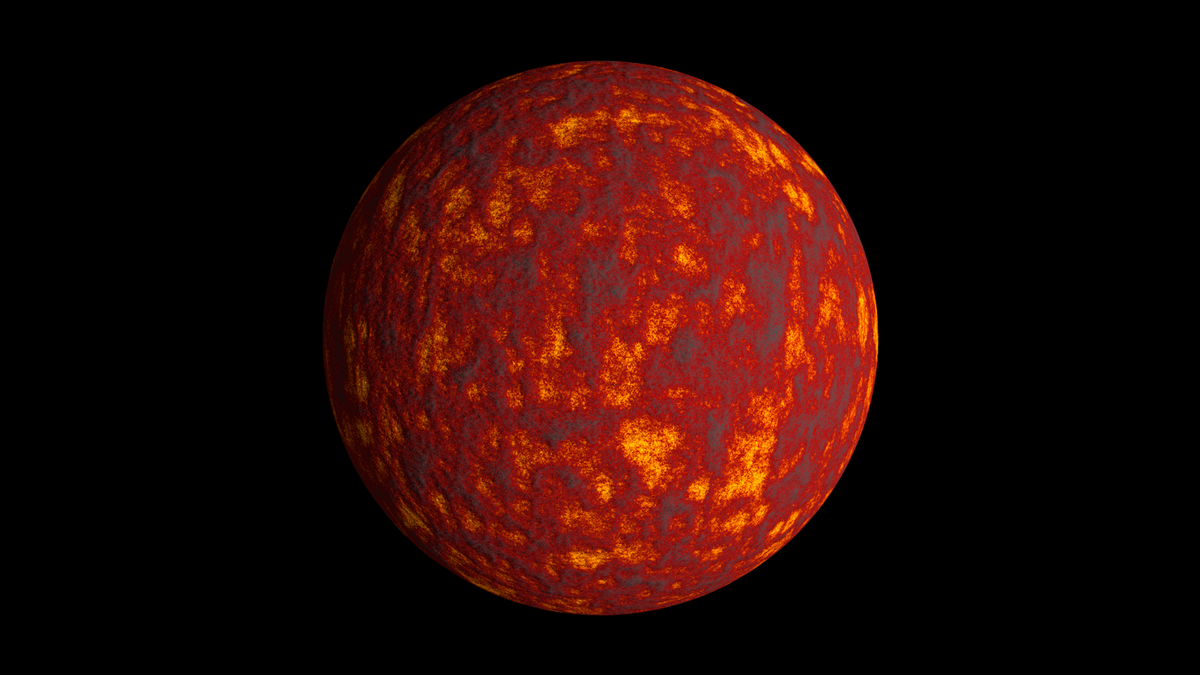New insights into the early timelines of rocky planets are emerging, thanks to clues from iron chemistry and primordial atmospheres.
planetary evolution
The Origin of the Moon’s Thin Atmosphere Might Be Tiny Impacts
Minuscule meteoroids slamming into the lunar surface could be kicking up most of the atoms that make up the lunar exosphere.
Small Stars Produce Mighty UV Flares
Stronger-than-expected ultraviolet flares could either provide exoplanets the sparks of life or prevent them from having life at all.
A Binary Asteroid System Gets Its Geological Close-Up
Researchers are learning more about the geology and evolution of the binary asteroid system Didymos from high-resolution imagery collected by the Double Asteroid Redirection Test mission.
Anemic Stars Don’t Host Super-Earths
Planetary systems need the right stuff to make planets, and some stars just don’t have it.
Curiosity Digs Up Evidence of a Cold, Wet Martian Past
Amorphous materials, which are rarely studied on Earth, yield insights into the history of Gale Crater and the early Martian environment.
Lunar Lava Tube Revealed Beneath Collapsed Pit
The Sea of Tranquility is home to at least one lunar lava tube, which could preserve a pristine and unweathered record of lunar volcanism.
Sedimentos radiactivos podrían haber construido los cratones de la Tierra
La meteorización de los primeros continentes podría haber puesto en marcha la formación de cratones, las raíces inmutables de los continentes.
Smells Like an Exoplanet
Hydrogen sulfide, spotted in the atmosphere of the exoplanet HD 189733 b, helps constrain how the planet formed.










